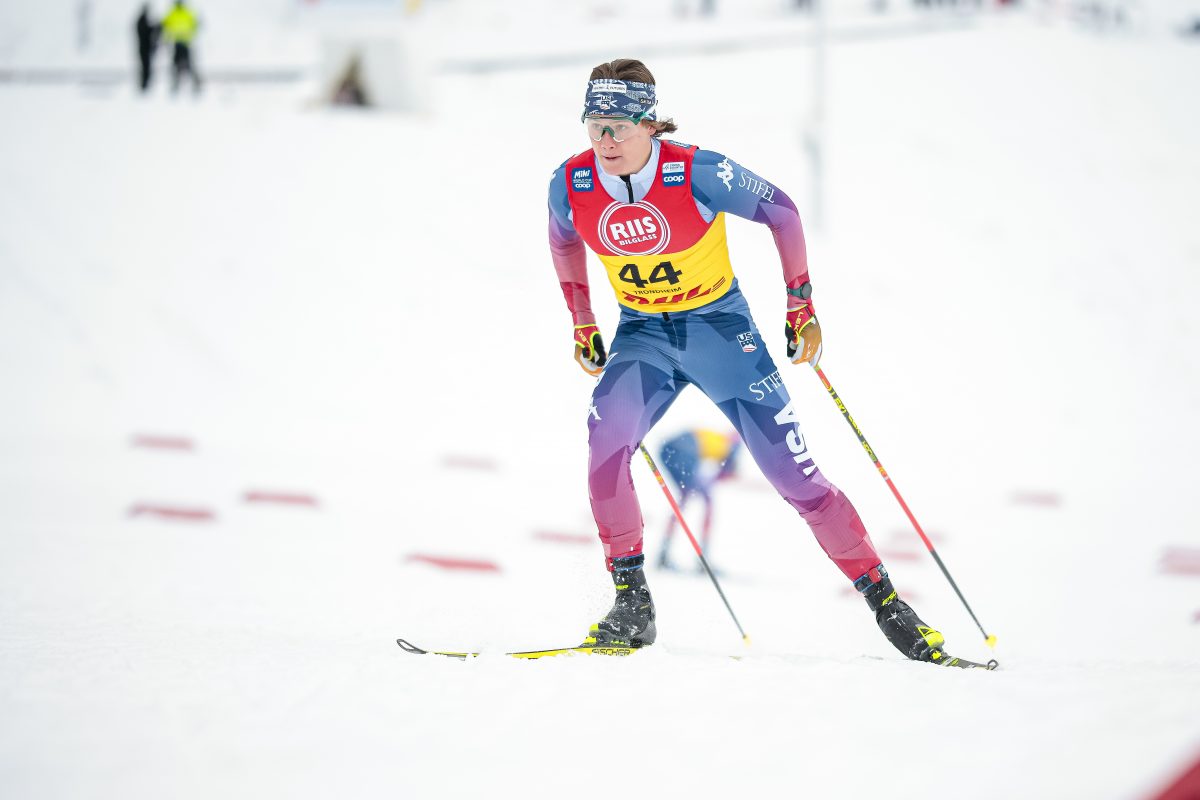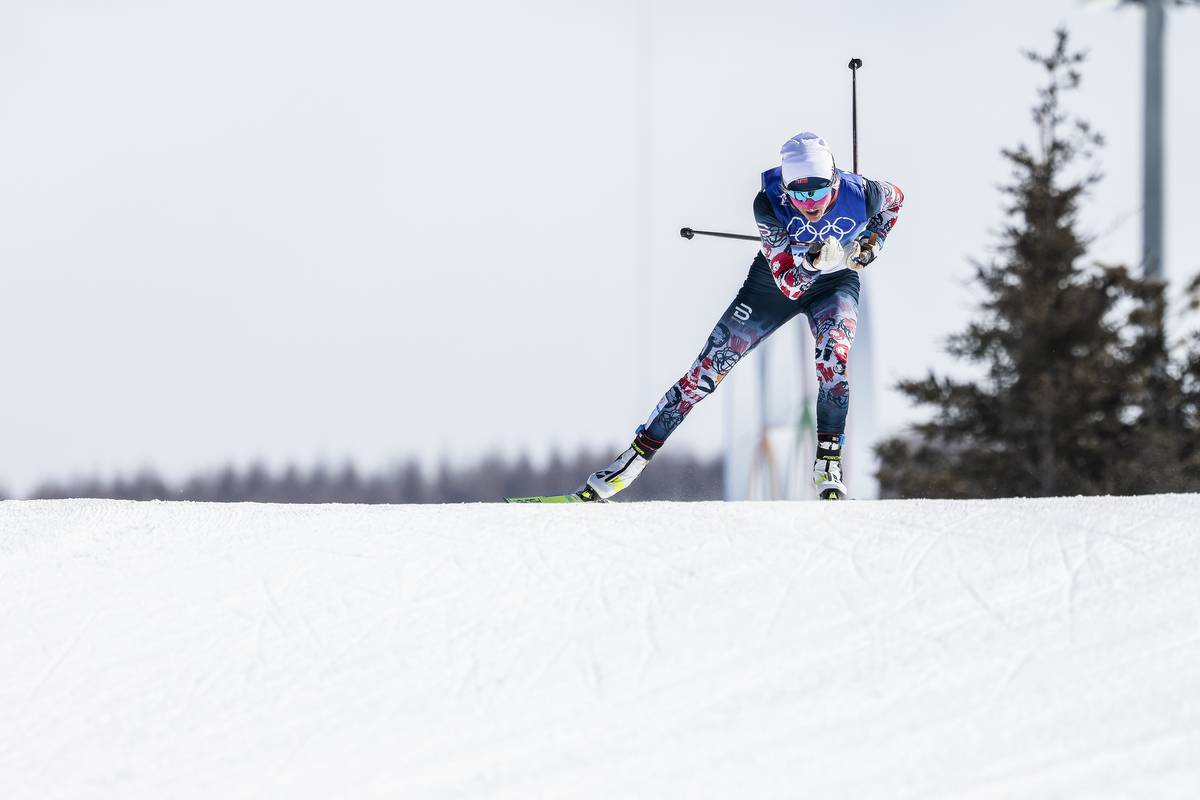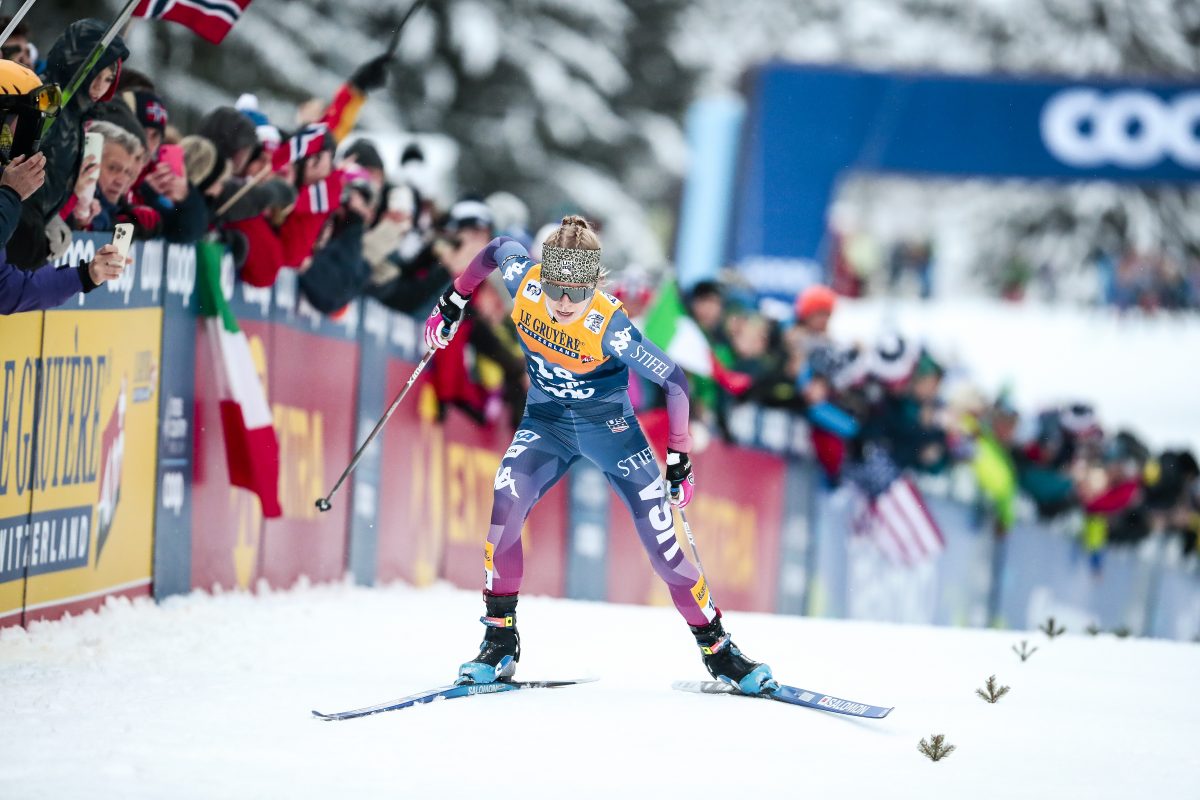Depending on snow conditions, December can be a tricky month for Cross-Country skiers. Many of us have trained faithfully from early summer with anticipation of being able to get on snow at Thanksgiving time and be able to ski consistently thereafter. If you’ve planned the training season correctly, you would have built up your training and yourself to be ready for the race season in early to mid-December. However, as most of us have experienced, the weather can make havoc with our great training plan at this time of the year. Here are a few pieces of advice in case the snow-conditions make for a difficult transition period to snow.
Optimally, your training year has the following progression:
April: Recovery from ski season
May: Start of base training for next season
June – July: Focus on cross-training, strength, improving areas where you know you’re weak
August – September: Focus on specific ski training (rollerski, ski-bounding, specific strength), also start emphasizing more high intensity training.
October – November: Continue focus on specific training, and add more high intensity sessions to improve aerobic capacity and utilization, as well as race readiness.
Late Nov – Early Dec: Transition period, start skiing – work on balance, technique – but don’t loose the fitness built up last month.
Mid-December: Start of race season – are you ready for competition effort?
As with most progression-plans, it progresses towards a goal – will we be ready for the first few competitions in December or January? If you’ve done your training all year, don’t let poor weather and training conditions the last few weeks before race season ruin your hard work.
Here’s what you should do in the transition period:
1. Get on snow as early as you can, but don’t chase poor snow conditions, – good dryland training (rollerskiing, ski walking and ski bounding intervals etc) may be more efficient for you.
2. When on snow, – ski easy and work on technique and balance the first 4 – 6 times you’re on skis. After that you can start speeding it up, and get back to more intensity sessions.
3. If you only can ski on weekends, continue to do your intensity sessions on rollerskis, hill running or hill bounding during the week (and bring the ski poles with you). On these intensity sessions, you need to prepare your body for the upcoming races, which means you should stress yourself to about 90% of your max HR for 2 – 4 minutes at a time, then repeat).
4. Continue doing your core and strength exercises – only stop those a couple of weeks before your main race of the season.
5. When the weather and footing gets really bad outside, jump on a stair-stepper or stationary bike and do one of the “computerized” interval programs – it’s your heart muscle that needs training more than anything else.
If the first race day comes faster upon you than planned, don’t be afraid of racing. Competitions are the best training of all, but don’t expect your top results until later in the season.



